“Sanctions would have been imposed anyway”
Western countries imposed unprecedented sanctions against Russia immediately after the start of the war in Ukraine. Against this background, the Kremlin justified that the pressure allegedly supported by the United States and NATO was expected, and the reason for it was not an attack on a neighboring country, but Russophobia and a desire to bring Russia to its knees. At the same time, the Russian leadership argued, all measures had been taken in advance, and if you suffer a little, then life will improve and become even better. Sovereignty will lead to economic breakthroughs, and sanctions will hit those who imposed them.
Within six months, against the background of numerous problems in the economy, such rhetoric has become dominant – the state media are full of reports about the suffering of unfriendly countries and the resilience of Russia. Among the ways to cope with difficulties are called import substitution, reorientation to Asian markets, cooperation with China instead of Europe, as well as unlocking domestic potential. At all levels, they do not get tired of emphasizing that the isolation of Russia has failed – supposedly most of the countries of the world – both in terms of number and population, have not introduced restrictive measures and are ready to maintain economic relations with Moscow. So, the authorities explain, everything is going according to plan.
“We have many supporters, including in the United States itself, and in Europe, and even more so on other continents and in other countries, and there will be more and more of them, there is no doubt about it. I repeat, even in countries that are still satellites of the United States, there is a growing understanding that the blind obedience of their ruling elites to their overlord, as a rule, does not correspond to their national interests, and most often simply radically contradicts them, ”Putin said on July 7 at a meeting with the leaders of the factions .
But if the plan really included such a level of confrontation with the West and a change of trading partners, then we must admit that the preparations for it were completely failed.
Reasons for pride – "Mir" and "Russian SWIFT"
Most often, as a positive example of the preparation of the authorities, they recall the financial sector, where much has been done after the Crimean sanctions. The Mir national payment system, launched in 2014, made it relatively painless to survive the departure of Visa and MasterCard from Russia. At least for most citizens, the blocking of ApplePay and GooglePay has become more noticeable. Since that time, in case of disconnection from the international interbank SWIFT system, the Financial Message Transfer System (FSTF) has also been developed.

Despite the fact that SPSF is not a full-fledged analogue of SWIFT, especially in the matter of international transactions, and Mir cards are accepted only in a few countries and within Russia, the development of both systems made it possible to prevent the collapse of the financial sector immediately after the start of the war. Back in 2017, the head of the Central Bank, Elvira Nabiullina, reported that the country was fully prepared for sanctions in this area. Five years later, practice showed that these were not empty words.
It is not known whether anyone in the Kremlin believed in the possibility of disconnecting from SWIFT, but the "liberals" from the financial sector (its main representatives, including the chairman of the Central Bank Elvira Nabiullina and the head of Sberbank German Gref, categorically avoid supporting the war) took the task seriously . More patriotic departments, apparently, considered this level of training unnecessary.
Walking to China: Abandoned Projects
In most other areas, critical tasks were not set at all, funding was delayed, key projects were postponed until later, vulnerable industries were subjected to additional taxes, and in certain matters the authorities were guided more by resentment than by the interests of the country.
It is clear that it was impossible to prepare from and to with all the desire. For example, the project of the Armata tank could have failed both due to inattention and theft, and due to technical reasons, and it is objectively impossible to develop our own microelectronics and completely replace foreign software in eight years. However, many points are devoid of double interpretations.
Before the start of the war with Ukraine, Europe was Russia's main trading partner. In 2021, according to FinExpertiza , it accounted for 36% of the country's total trade turnover – twice as much as trade with China. At the same time, already in that year, the main transport routes in the eastern direction – the Trans-Siberian and Baikal-Amur Mainlines (BAM) – became a bottleneck.
In August 2017, Putininstructed to allocate 150 billion rubles for the modernization of the Eastern test site (which includes both routes). Four years later, he admitted that the delay in this matter and incorrect forecasts on the conjuncture deprived the country of income from the sale of coal:
“At one time, to be honest, we delayed, one might say, with the expansion of the capacity of the railways. <…> We haven’t prepared this infrastructure and today we can’t take full advantage of the favorable situation on the global coal market, we can’t increase exports the way we could do it now.”
The desire to get by with small forces and the slowness of the task is perfectly illustrated by the involvement of the military, prisoners and students in 2021 at the BAM. In other words, they wanted to save as much as possible at the construction site and fought for every billion. The situation looked so hopeless that the Russian business was even going to build a private road for the export of coal. The corresponding project of the route from the Elga field to the Sea of Okhotsk was presented in July 2021 by the A-Property company of entrepreneur Albert Avdolyan.
At the BAM construction site, they wanted to save as much as possible and involved the military, prisoners and students in the work
Another abandoned initiative in Siberia was the Elegest-Kyzyl-Kuragino railroad, which would connect Southeast Asia to the Northern Sea Route (NSR) through Mongolia and on to China. They started talking about the project in 2017, in February 2018 it was supported by Putin. It was assumed that the volume of cargo transportation will be 15 million tons per year. In April 2019, Russian Railways signed an agreement to build the line, but two years later the project was postponed for at least five years.
In 2022, as European sanctions came into force, the load on the eastern direction increased, and the already overloaded Trans-Siberian and BAM could not cope with it as expected. Back in April, Oleg Tokarev, Minister of the Coal Industry of the Kemerovo Region, warned that the situation with the export of coal had become critical. He pointed out that companies would not be able to fulfill foreign contracts, would face fines and lose customers . In June, the governor of the region, Sergei Tsivilev, at a meeting of the Energetika working group under the State Council, called for priority to be given to coal, but his proposal was not supported, because in this case, the production of almost 700 enterprises in the European part of Russia would be blocked. By the end of August, as acknowledged by the government, Russian coal companies were on the verge of bankruptcy.
Against this background, in July, the Ministry of Transport hastily prepared a presentation of projects to increase capacity in the east of the country. It was about seven large-scale construction projects worth $30.8 billion (1.8 trillion rubles at the current exchange rate). In addition to the resumption of the Elegest-Kyzyl-Kuragino project, we are talking about the construction of a 226-kilometer railway in Mongolia to the border with China and a 56-kilometer Lesozavodsk-Hulin (China) section, which was conceived back in 2005. In 2017, the delay was due to the fact that the Russian side was not ready to finance the project.
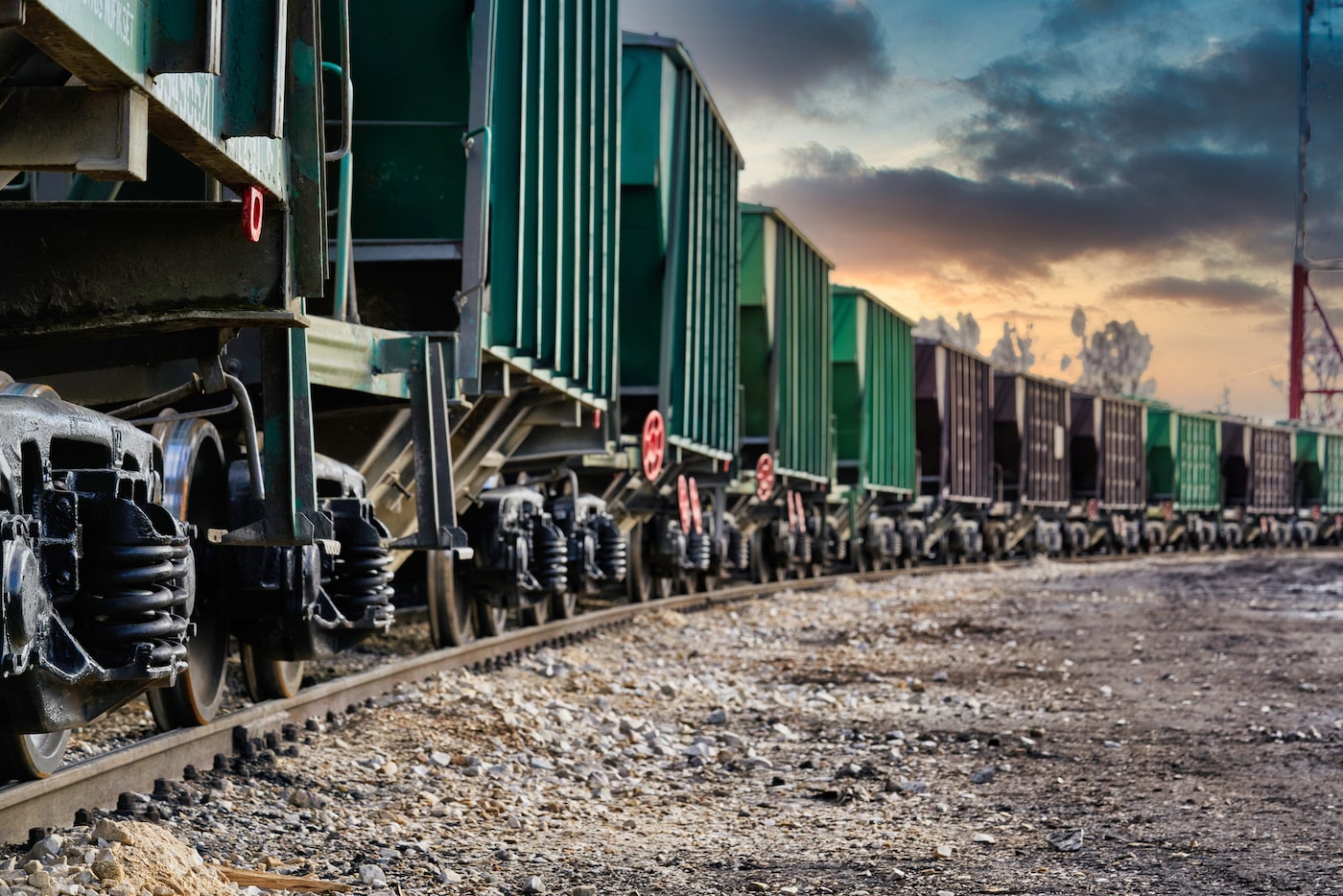
It is also planned to organize three border crossings and finance the Ayagoz-Bakhty transit line (border with China) 270 kilometers long in Kazakhstan. This route has been discussed by China and Kazakhstan for a long time, but it also rested on a lack of funds. Sergei Grishunin, managing director of the NRA rating service, pointed out that the projects are complex and will take years to build. In the case of border crossings, you can manage in two years, other projects will require much more time. In other words, the Russian economy will have to be satisfied with the current state of affairs while maintaining the sanctions for many years.
In the event of a real preparation for Western pressure, all these initiatives were bound to become a priority, and their implementation did not depend on foreign partners (even in the case of a road in Kazakhstan, Moscow could simply allocate money and use the route now). In fact, they were somewhere on the periphery of attention, support at the level of rhetoric did not result in real expenses and intensification of construction.
Metallurgy: first dispossessed, then saved
Due to the unavailability of the transport infrastructure, metallurgists also suffered, although in their case the situation looks even comical. In May last year, First Deputy Prime Minister Andrey Belousov announced that companies from this area had “sacked” the budget by 100 billion rubles due to the global rise in prices for their products, and these funds would have to be returned. Then the head of NLMK, Vladimir Lisin, urged the state not to try to fix what works, and compared the desire to rip off more money from a successful business with the “Gosplan syndrome”. No objections helped: from August 1, 2021, export duties were introduced.
At the same time, the authorities began to think about how to collect additional money from the industry on a permanent basis. By the end of the summer, the Ministry of Finance proposed to raise the amount of fees through the introduction of a new excise tax and linking the tax rate to the ratio of dividends and investments. The latter circumstance would make it possible to levy taxes retroactively. The volume of additional income was estimated at 160 billion rubles. The Russian Steel Association noted that the decision would lead to a decrease in investment and, ultimately, to a significant reduction in production.
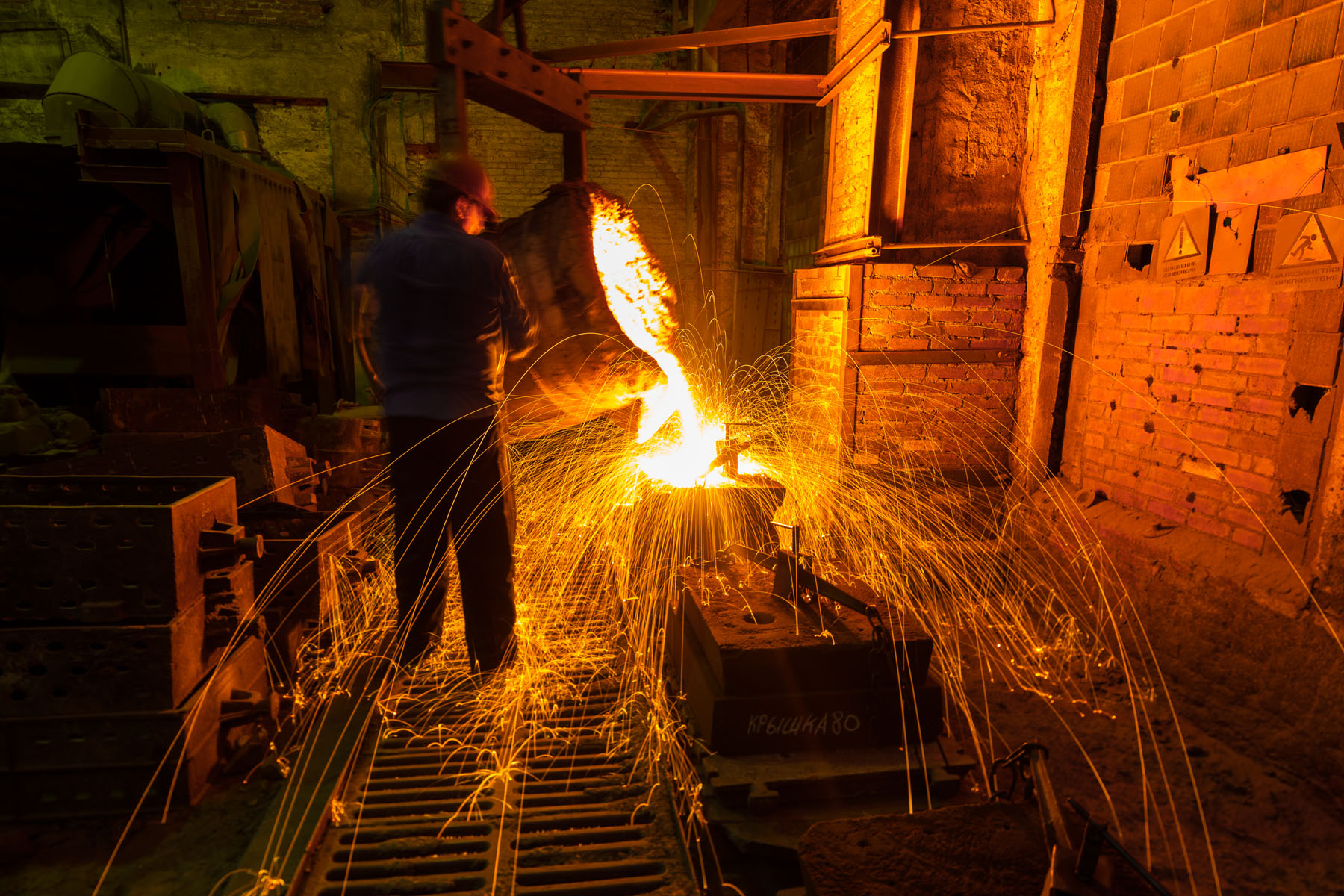
Such arguments were countered by the authorities by the fact that as a result of the growth in the cost of metal products on the world market, companies received a lot of income, so it would be nice to share . In December, the head of the Federal Antimonopoly Service, Maxim Shaskolsky, promised huge fines to companies, and in February 2022, even before the start of the war, the agency had a reason to do so . It turns out that at the expense of a successful industry, the government tried to solve budget problems, believing that business would somehow figure it out on its own with investments and further work.
By the end of May 2022, steel companies began to operate at a loss. In July, Andrey Leonov, vice-president of the Russian Steel Association, reported that the workload at steel mills had fallen by 20-50 percent. In early August, even the traditionally optimistic Ministry of Industry and Trade admitted that it would take at least eight years to restore Russian metallurgy to the level of 2019-2020. One of the ways to curb the decline in production was called the purchase of metal products in the state reserve, that is, in fact, state assistance in order to save factories.
At the same time, the project for the development of the metallurgical industry until 2030 confirms the critical dependence of enterprises on Western imports. Almost all technologies were purchased from unfriendly countries, equipment produced in Russia does not meet world standards, and bringing it to perfection, if adequately funded, takes about ten years. In this case, we are talking about enterprises whose profits before the war began to be taken not even for import substitution, but, roughly speaking, for payments to pensioners.
Almost all technologies were purchased from unfriendly countries
The current situation, if we take into account the upcoming confrontation with Europe, was absolutely predictable. First, the redirection of steel products to Turkey, China, the Middle East, Southeast Asia, Africa and Latin America in itself sharply reduces revenues. The reason is that importers who develop their production are subject to protective duties. In May, companies complained that in some Asian countries the goods had to be sold even below cost, with a discount of up to 30 percent.
In addition, deliveries are complicated by railway tariffs. Due to the refusal of the largest shipping companies to cooperate with Russian manufacturers, the possibility of transporting metallurgical products by ship through the ports of the Azov-Black Sea basin turned out to be limited. However, it is also impossible to export goods to the Far East due to the congestion of the Eastern landfill. Russian Steel asks to provide members of the association with individual discounts on railway tariffs and guarantee the preservation of export volumes, but in this case someone else will have to make room, because BAM and the Trans-Siberian Railway are already working at their limit.
It can be stated that the problems of metallurgists came as a complete surprise to the Kremlin. No measures were taken to help mitigate the blow. On the contrary, before the war, the industry was viewed as a new cash cow for the coming years. Probably, assuming that Europe will, as before, calmly purchase products from Russian factories.
Gas from Nord Stream has nowhere to flow to the East
But most of all, the upcoming sanctions were ignored in the gas sector. Few projects have attracted such public attention and been accompanied by such detailed commentary from the authorities as Nord Stream 2. For the sake of fuel supplies to the future "unfriendly states" in the Kremlin, they were ready to spend as much as they wanted and go to any tricks, including at the cost of suspending other projects.
The Akademik Chersky pipelayer, which was used to complete the construction, was purchased by Gazprom for use in Sakhalin offshore projects. For the same purposes, auxiliary vessels Ivan Sidorenko and Ostap Sheremeta were built. First of all, it was about work at the Yuzhno-Kirinskoye field, which is necessary for the start of deliveries to China via the Far East route, which is unofficially called the "Power of Siberia – 3". It was with the expectation of this field that Gazprom and the Chinese oil and gas corporation CNPC signed a 25-year contract for the supply of 10 billion cubic meters of gas per year in February of this year.
Beijing insisted on deliveries through the Far East, for which the project is the most interesting of the Russian ones. The construction memorandum was signed back in 2015, but the Russian authorities were in no hurry. It turns out that the gas project in the Far East, which was of interest to a strategic partner, was postponed without hesitation solely for the sake of the desire to supply more gas to Europe, although there were no guarantees of demand. In the case of real preparations for a sanctions war, one could expect rather reverse actions.
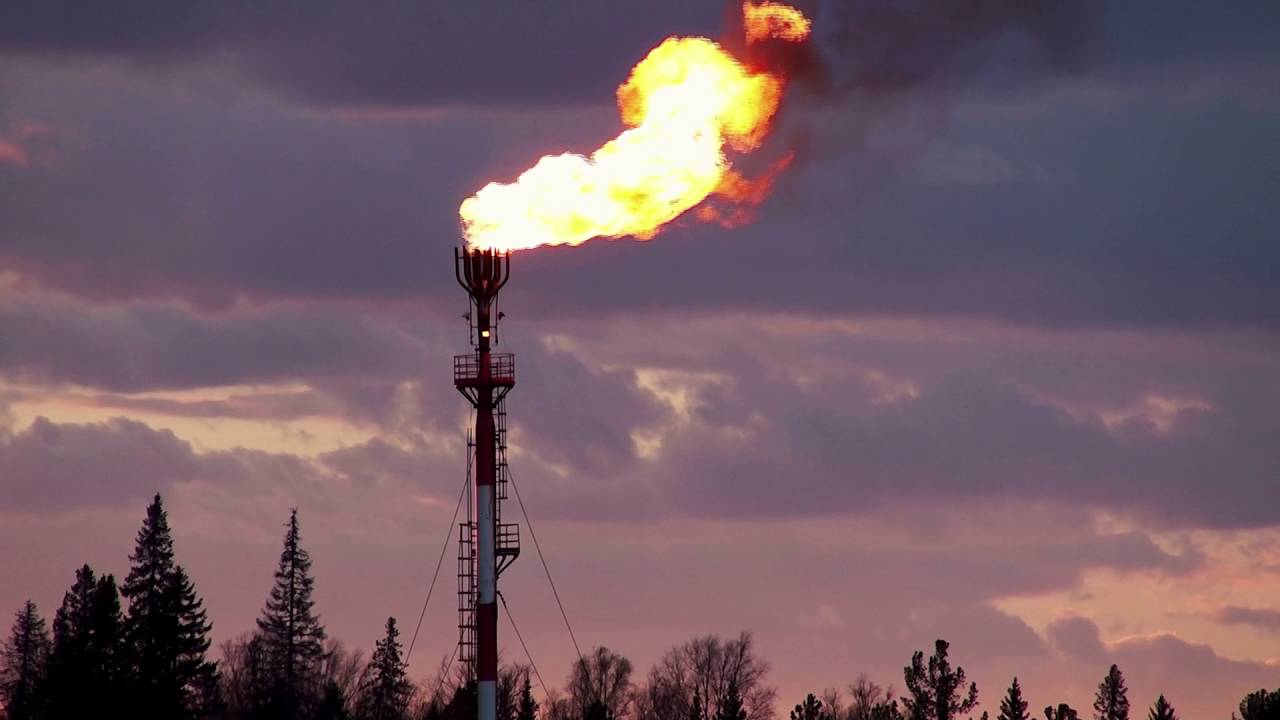
Further, shortly after the annexation of Crimea in 2014, Russia agreed with China on the construction of the “Power of Siberia” with a maximum capacity of 38 billion cubic meters of gas per year. Then the contract was presented as a historical turn to the East. Over the next eight years, the Turkish Stream gas pipelines with a capacity of 31.5 billion cubic meters and Nord Stream 2 with a capacity of 55 billion cubic meters per year were designed and built. The project of a second gas pipeline to China has not gone beyond talk and vague plans. In January 2022, Mongolian Deputy Prime Minister Sainbuyangiin Amarsaikhan indicated that the parties were only about to begin detailed planning and mapping of the project. The official set aside up to a year and a half for these tasks, after which work could begin.
Moreover, for the sake of gas supplies to Europe, in May 2021, Gazprom and Rusgazdobycha began building an ethane-containing gas processing complex (CEG) in the Leningrad Region near the village of Ust-Luga (the exit point for Nord Stream 2). It was assumed that if the flow through pipelines was reduced, the Russian monopoly could compensate for the losses by selling liquefied natural gas (LNG).
Both projects – an underwater gas pipeline to Germany and a complex – required the laying of additional gas pipelines on Russian territory. After the outbreak of the war, Gazprom announced that it was using its capacities to gasify the Leningrad Region. All this was nothing more than an attempt to put a good face on a bad game. Indeed, for the region, such volumes are more than redundant, there is no one and there is no need to use such an amount of gas there. There is so little need that when reducing supplies through the first Nord Stream, the monopoly had to burn excess gas. It was not possible to hide this circumstance for a very simple reason – a burning torch of such a height that it can be seen not only from space, but also with the naked eye from Finland.
Gazprom burned excess gas, just not to supply it to Europe
Deliveries through the Power of Siberia by the end of 2022 should reach only 15 billion cubic meters, but there may be difficulties with a further increase. As a number of investigations showed, the resource base of the gas pipeline, the Chayandinskoye field, was developed with violations, and may not physically provide the volume of gas that is necessary for the planned increase in supplies. The same problems are fixed at the Kovykta field, which is also planned to join the "Power of Siberia" by the end of the year. To solve problems, back in May 2020, Gazprom drastically changed the route of Power of Siberia-2, planning a jumper with the first route. Corresponding construction has not yet begun .
Based on the above, at the current stage of development of the gas infrastructure, it is physically impossible to replace the European direction with the eastern one, and no plans, which can be judged by the efforts made earlier, envisaged such a development of events. Although, if desired, much more could be done in eight years.
Space is not ours – and hence the Arctic
The unpreparedness for a conflict with the West is also indicated by another factor related to gas supplies, to resolve which Russia had all the forces and means, if only such an issue was on the agenda. We are talking about Arctic projects for the production of LNG.
The first blow for them was the weak results of work on import substitution. Back in September 2021, the head of Novatek, Leonid Mikhelson, sharply criticized the first LNG production line at the Yamal LNG plant, built using the Russian Arctic Cascade technology. He pointed out that literally all suppliers have complaints, they still have to learn and learn how to make good products. In June 2022, Mikhelson said that the industry needed tens of billions of rubles just for research and development (R&D) to localize equipment. According to him, the industry took decades to form in the West, huge funds were invested in it, and it is impossible to repeat their success without state support. In August, it became clear that the request was not heard. The government, in response to a request from the Ministry of Industry and Trade for 35 billion rubles in the period up to 2030, agreed to allocate 300 million. At the same time, the deadlines for localizing equipment have become tougher – now the goal of 40 percent must be achieved by the end of 2022, and not 2024.
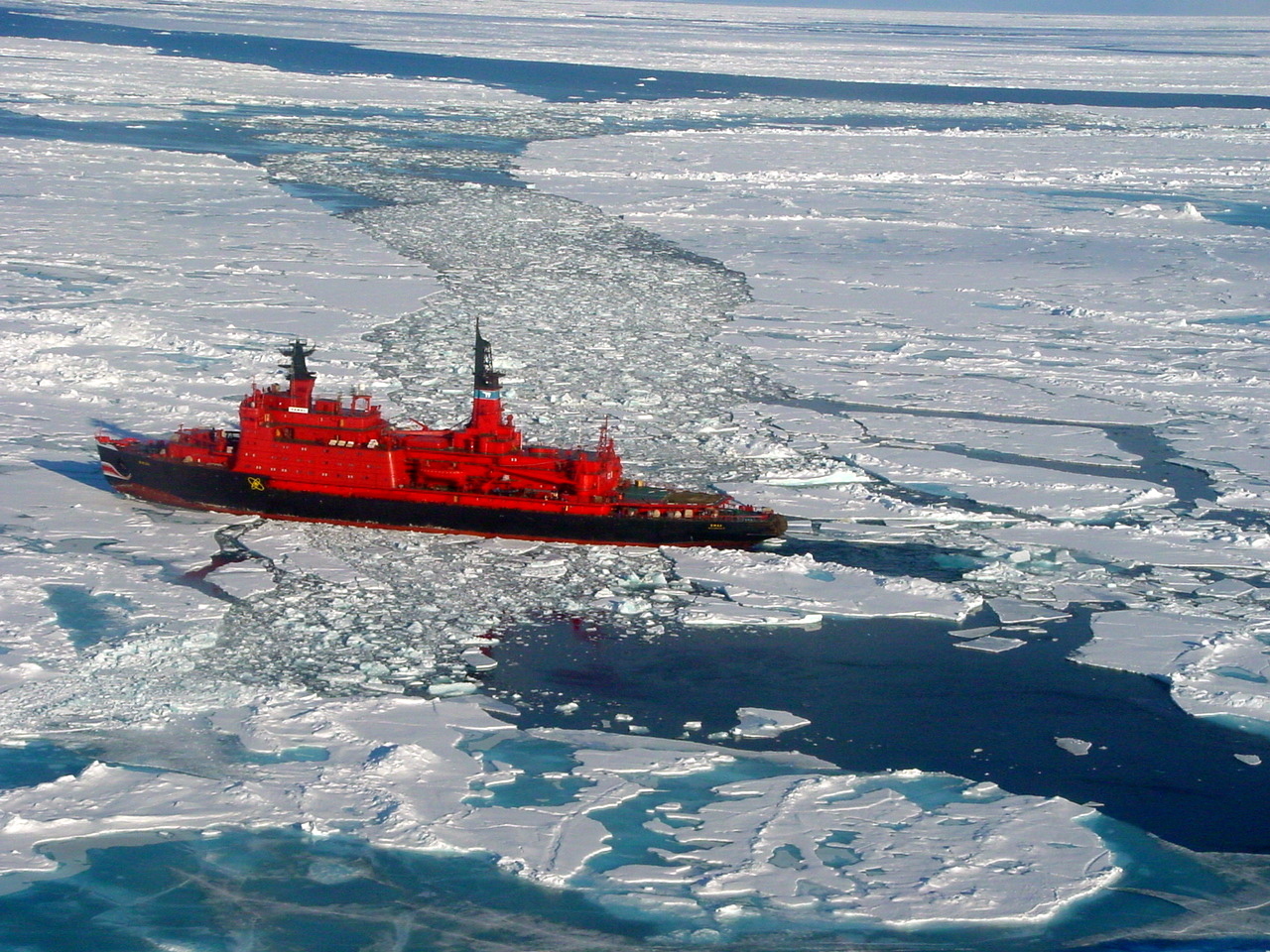
It is possible that such obviously unrealizable plans were adopted taking into account the second blow to LNG exports, the solution of which is not visible in the near future. Deliveries to Asian markets from Yamal are most efficiently carried out along the Northern Sea Route (NSR), and for confident navigation in the winter, ships require up-to-date satellite images of the ice conditions. Almost all suppliers of commercial images from space are registered abroad and refused to work with Russia. This information was disclosed by the deputy chairman of the board of Novatek Evgeny Ambrosov. In the spring and summer, the company had to use up-to-date photographs from open sources, but there are very few of them, and they practically do not cover the most important areas.
The top manager explained that only a group of Russian Earth remote sensing devices capable of taking pictures of a certain resolution in the optical, infrared and radar ranges can remove the difficulties. When they appear in orbit, it is not known, so far, work is underway to create three such devices. In June, the head of the Ministry of Natural Resources, Alexander Kozlov, sent materials to the government, where 44.2 billion rubles were requested for the construction of the seven necessary satellites by 2029-2030. Only after that, the department points out, year-round navigation will be possible.
The situation is developing in such a way that an increase in LNG production will not give an increase in exports – it will simply be impossible to take out the cargo. This means that the need for domestic equipment will disappear by itself. And again, it can be noted that over the past eight years, the Russian space industry has been able to produce satellites and put them into orbit to monitor the state of the NSR. This process did not depend on Western sanctions. But the summer of 2022 put the country before a fact – the conflict with the West, in a sense, deprived it of the Arctic.
It is simply impossible to export Russian LNG without foreign satellite photos
Shortly before Ambrosov's statement, Dmitry Rogozin was dismissed from the post of head of Roskosmos without explanation. A new post, despite all the ostentatious patriotism, has not yet been found for him, the former head of the state corporation has generally dropped out of the agenda. Such a sudden departure into the shadow of senior officials is an infrequent story, and therefore may indicate serious discontent in the country's leadership. Due to the absence of other similar failures, the situation with the Northern Sea Route looks like a logical option.
Aviation on parole and on one wing
The restoration of the Russian aviation industry and entry into the narrow circle of civil aircraft manufacturers has long been a matter of prestige for the Kremlin. The painful international failure of the Superjet project was an unfortunate collision with a reality that values service as much as the quality of the design itself. MS-21 was chosen as the new flagship for conquering the world. The timing of its construction was constantly postponed, including due to sanctions, but those responsible for the project invariably reported on the success of import substitution and the development of competitive components.
The war with Ukraine and the reaction of foreign aircraft manufacturers, primarily Boeing and Airbus, put Russia in front of an unpleasant fact – manufacturers will no longer serve the liners of Russian airlines. It is impossible to repair them on your own without original parts, and the only way out is cannibalization (parsing part of the sides into parts) and gradual replacement with domestic Superjet and MS-21.
The problem with the latter is that they are not even certified yet. The used version of the SSJ is critically dependent on supplies and service abroad (the engines are being repaired by the French Safran, the former Snecma), and it will no longer be possible to produce new aircraft of this type. But the import-substituting Superjet New is still being developed, and no one can guarantee that the production will take place on time and without unexpected difficulties. Rostec intends to hand over the first production MS-21 aircraft with a domestic engine to customers in 2024. That is, literally in a year and a half, not only to prepare the latest aircraft with a new power plant, but also to establish uninterrupted production. Modern Russia does not have such experience (to be honest, no country in the world has it at all), and the attempt to organize the production and maintenance of the Superjet can, in fact, be considered a failure.
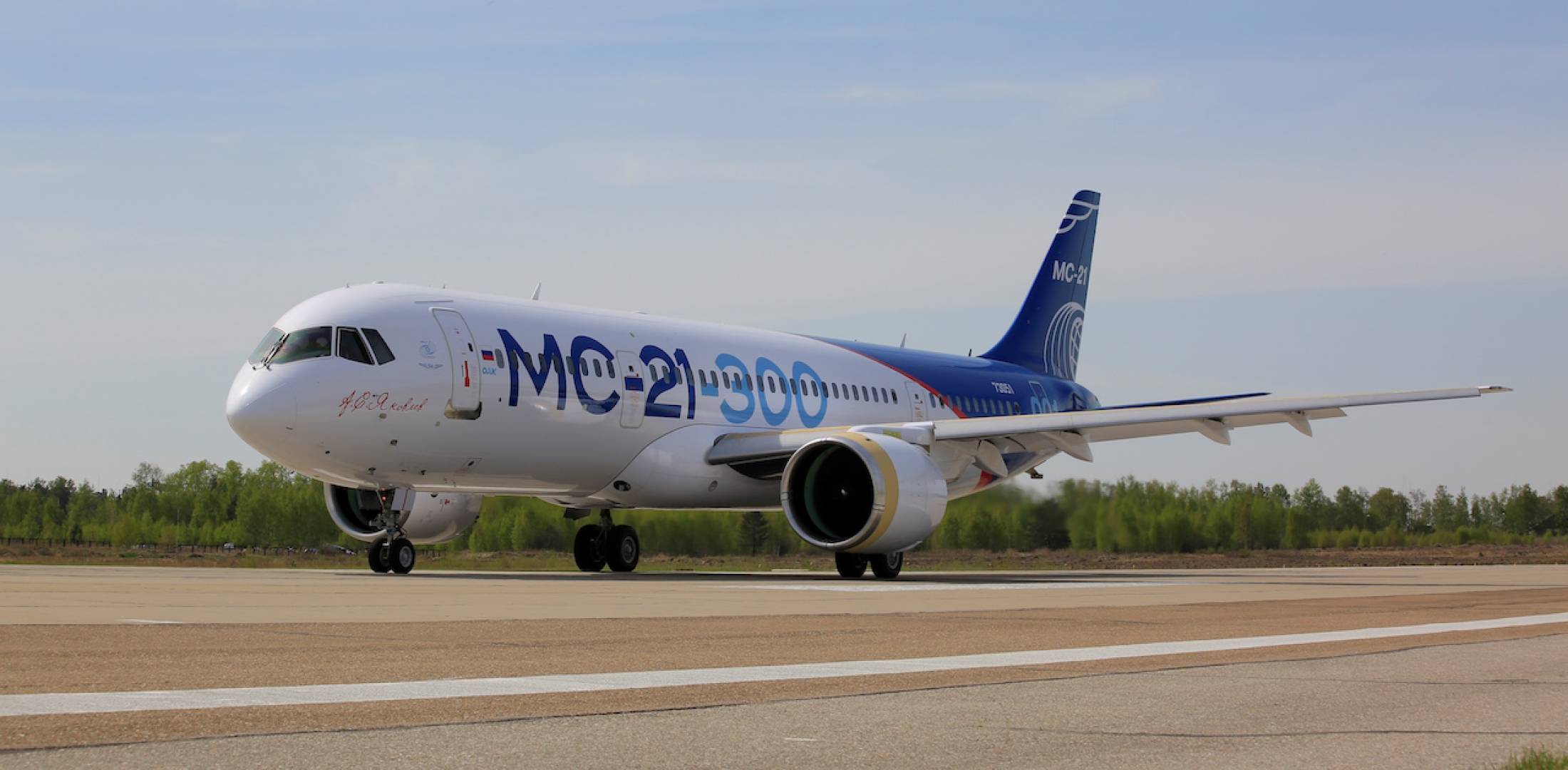
Such difficulties, apart from the populism of politicians, are generally understandable. The development of an aircraft is a very long and complicated process; it is impossible to give guarantees that it will end in success. For example, in 2020, Mitsubishi, after repeatedly postponing the date of entry to the global market, stopped the development of the first Japanese civil aircraft Mitsubishi SpaceJet in many years. The reason was the technological problems of the project, which were of a chronic nature, and the lack of a budget.
However, Russia was able to smooth the blow to its airlines. Her own Tu-214 and Il-96 aircraft could help her in this. Russian enterprises will cope with the production of liners entirely on their own in the presence of such an order. These are quite modern aircraft (Tu-214 is younger than Airbus 320), the main problem of which is higher operating costs. The problem could have been removed by subsidies to carriers, but instead, in 2018, Red Wings, the last operator of the Tu-214 at that time, refused to use them.
The production of both aircraft at current capacities is limited, according to current estimates, it is impossible to produce more than ten aircraft of both Tu-214 and Il-96 per year. Nevertheless, if programs were hastily resumed in 2014, which required only funding, in 2024 the Russian air fleet would already have 200 new and completely domestic aircraft (currently, the civil aviation fleet includes a little less than a thousand aircraft) . And if the state invested in new enterprises, their number would only increase.
Both projects received money only after the start of the sanctions war. Russian Transport Minister Vitaly Savelyev said that the Tu-214 could even become the base for Aeroflot. Such a decision means that all these years they simply did not think about possible problems with foreign aviation – after all, the manufacturers of the Tu-214 and Il-96 produced an average of one aircraft per year. The main and only task for the industry was to conquer the world market, and not save its own.
Automotive industry: Chinese "Muscovite" and mass layoffs
The Russian auto industry felt the impact of the sanctions most quickly. Already in the spring, only a few car-producing factories remained in the country. The refusal of Western companies to supply components has paralyzed production, and their future has not yet become clear. Unless in six months AvtoVAZ launched the production of several outdated models without an automatic transmission, anti-lock braking system and a number of other options.
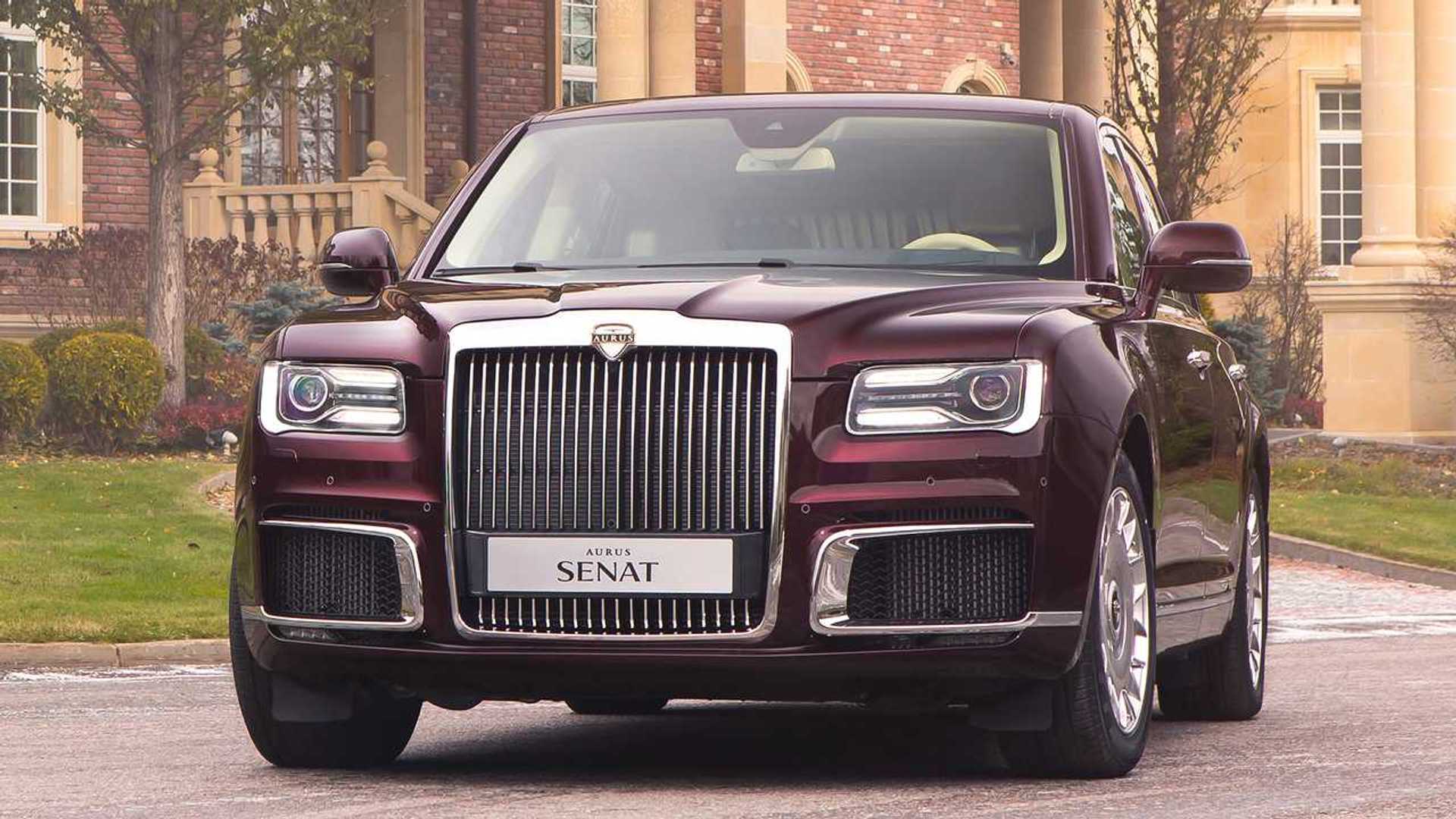
The company's president, Maxim Sokolov, called the production of Niva and the return of airbags to the manufactured Granta model a "real victory", but the prospects for the release of further models remain vague. The Ministry of Industry and Trade in the draft strategy for the development of the country's automotive industry characterized the current products of enterprises as uncompetitive compared to foreign models. Investments in development in the period up to 2035 were estimated at 2.7 trillion rubles, in support of demand and exports – up to 600 billion.
The return to Granta airbags in AvtoVAZ was called a "real victory"
The unpleasant situation is related to the fact that the automotive industry has developed primarily through joint production with Western companies. So, in June 2014, after the annexation of Crimea, the Renault-Nissan alliance from countries that will receive the status of unfriendly in 2022 became the owner of AvtoVAZ altogether (in order to sell its assets in Russia eight years later for two rubles). Over the past years, the task of reducing critical dependence was not set, although the solution lay on the surface – cooperation with Chinese manufacturers. Only Haval was able to squeeze into the Russian market with its production, its plant in the Tula region is now almost the only one that continues to work fully.
Preferences for Chinese automakers – essentially just a monetary cost – could significantly mitigate the current crisis, but no steps have been taken in this direction. As a result, the Moscow mayor's office, which has become the owner of the Renault plant in the capital, is hastily looking for Chinese partners to launch the production of Moskvich. And there is no doubt that now these partners will come on the most favorable terms for themselves, because Russia has no way out. However, against the backdrop of sanctions, even for this you will have to try. So, the Chinese Chery changed its mind about producing cars at the UAZ site due to sanctions. The localization project with Sollers Auto has been put on hold for an indefinite period, now the company needs other partners.
Close cooperation with China may have softened the Western exodus, but no step has been taken in this direction.
The hopeless situation is most likely the reason for some amazing PR moves. For example, the production of own electric vehicles at the Moskvich plant, which was announced by Moscow Mayor Sergei Sobyanin, is hardly possible in the short term. The development of such cars from scratch is not a quick business, the infrastructure in Russia is poorly prepared, so, despite all the positive message, electric vehicles have nothing to do with the crisis.
The Almaz-Antey aerospace defense concern went even further, which, less than a year after the start of development, showed the E-Neva hybrid electric crossover with a hydrogen engine. Another prototype of a car with a hydrogen engine – Aurus Senat – was demonstrated at NAMI. Loud headlines in the media can create the effect of some prospects in the industry, but in reality, it takes years, if not decades, from a fundamentally new prototype to commercial assembly of cars, and layoffs from car factories are happening right now.
Bet on "maybe" and gas blackmail
The list of problems can be supplemented and supplemented. Among them are the storage of half of the funds of the National Welfare Fund (NWF) abroad, the hasty creation of a system of parallel imports (the Central Bank, in particular, is forced to reinvent the system for combating gray schemes for cashing out through imports), continuing to the last work with Western suppliers of telecommunications equipment, although a full-scale transition to Chinese products would be positively received by Beijing, and Huawei developments are not inferior to Western counterparts, if not superior to them.
And yet, the moments analyzed above stand out in that none of them could be regarded as preparation for war or fanning a conflict with the West. All of them quite fit into the market logic, and each demanded only attention and money. Breakthroughs and unparalleled technologies are not needed to build a railway to China. Even an early start of work in this direction would have allowed more room for maneuver in the conflict with Europe and the United States during a period of aggravation of relations.
The Russian authorities did not provide any explanation why the problems were ignored. Which allows us to draw the only conclusion: the confrontation with the West has gone far beyond the borders that were drawn in the Kremlin. In fact, preparations were made only for the financial blow that the system withstood. Probably, during this time it was supposed to completely take Ukraine under control and speak from a position of strength, and then the sanctions would be lifted.
Such circumstances call into question the theories of a number of political scientists, for example, Ekaterina Shulman, that sanctions and the long-term isolation of Russia from Western influence were the true purpose of the war for Putin and his entourage. Nevertheless, the expectation of many years of pressure could not but induce the Kremlin to make certain efforts, at least to reduce the dissatisfaction of citizens with economic problems. And either in Moscow they were not ready for such a reaction, which means they did not want to cut off Russia from the Western world, or the authors of such a complex social plan were unable to think one step ahead.
The failure of the military offensive coincided with the suspension of new sanctions. But it is impossible to talk about any stabilization – some restrictions, primarily the EU oil embargo, have not yet come into force. The West also continues to work on a more thorough implementation of the already introduced measures in order to cut off the ways to bypass them.
Nothing is publicly reported about the real plans of the Kremlin in these conditions in the short term, that is, not by 2030 or 2050, although attempts to ignore reality are noticeable. Oil and gas revenues, which temporarily increased after the start of the war, are presented as evidence of the stability of the economy, although already in August they were the lowest since June 2021. The decline in inflation against the backdrop of falling demand, which already allows us to speak of a deflationary spiral, is presented as a normalization of the situation.
Temporarily increased oil and gas revenues are presented as proof of the economy's resilience
At the same time, Putin talks about the growth of budget revenues in the face of their fall, the Ministry of Industry and Trade dreams of producing thousands of aircraft by 2030 that are not even certified, and the Ministry of Energy is preparing for a bright future for Russian coal in Asian markets. The deputy head of the department, Sergey Mochalnikov, explains that the only thing left to do is get around the difficulties with logistics, "forgetting" to add that this task will inevitably take many years to solve.
As a result, the only strategy within which the current actions of the Russian leadership can be described is the hope of lifting sanctions thanks to gas blackmail. So far, everything looks as if the prevailing opinion is that the loss of gas revenues means little, while maintaining the level of pressure, even they will not save the economy from an inevitable collapse. The situation with budget expenditures also fits into this logic, for example, it is proposed to carry out a saving technological breakthrough in a short time in the face of a record decline in spending on science and refusal to finance new developments.
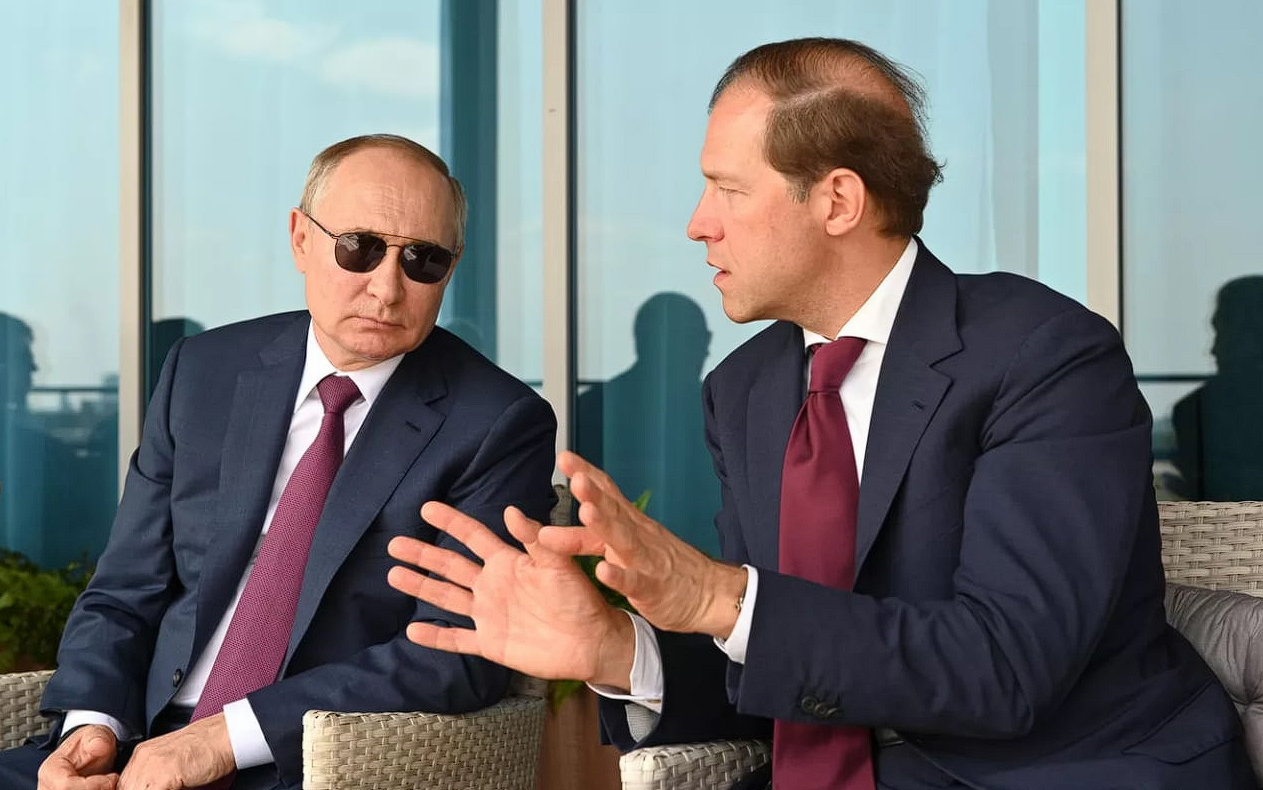
At the beginning of September, two publications reported about the impasse in which officials are at once, and together with the “unfriendly” Bloomberg, the loyal Vedomosti highlighted the problem. According to the American agency, the government presented a "secret report" with a disappointing forecast – it will be possible to return to the pre-war level of the economy by 2030 or even later, the bottom of the crisis is still ahead, there is no need to talk about any stop in the fall. The second material says that the government and the Central Bank are choosing between two options for further action – increasing public spending and stimulating private initiative. Both options look very complicated, because in the first one there will most likely not be enough funds for large-scale investments, and the second one requires a radical improvement in the investment attractiveness of the economy. It was not possible to solve this problem even in the pre-war period, to say nothing of guarantees to business in the context of the conflict with the West and the hasty “Sovietization” of society.
The Russian authorities found themselves in an economic impasse. Вернуться на довоенный уровень получится только к 2030 году
А пока решения нет, в Кремле занимаются более понятным делом — назначением ответственных. Так, ради повышения до статуса вице-премьера главы Минпромторга Дениса Мантурова, фактически ставшего куратором импортозамещения, в июле спешно вернули из отпусков депутатов Госдумы. Этот странный эпизод отлично характеризует магистральный курс государственного управления, воцарившийся в России: провал фантастических планов развития списывается на нерадивых исполнителей, а пришедшие на их место рисуют новые маниловские планы.


